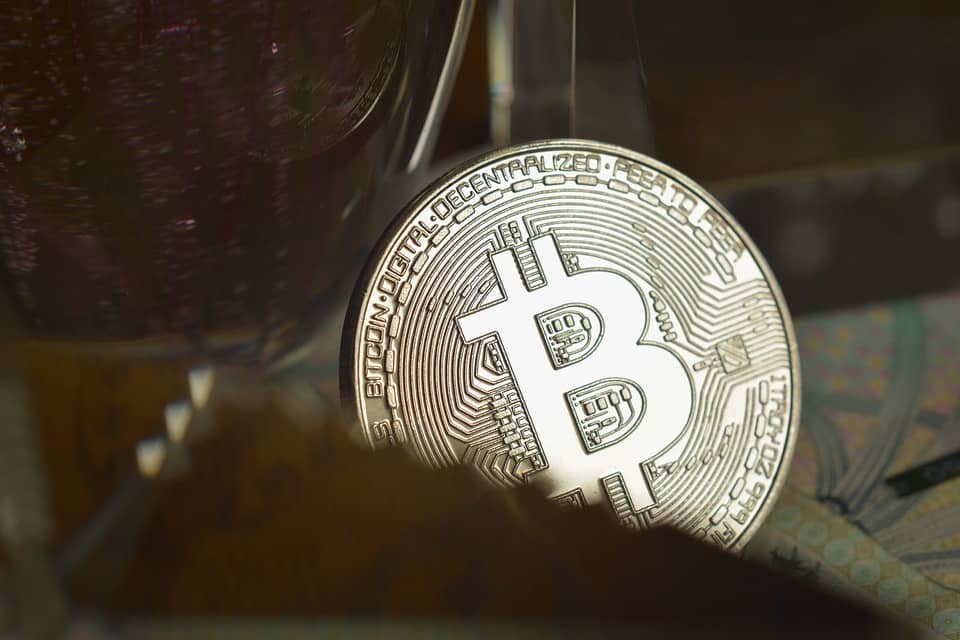Blockchain’s Security Shield: The Layered Protection for Your Digital Financial Data
In today’s digital age, the security of financial data is a top concern for individuals and institutions alike. With the rise of online transactions and digital payments, the risk of data breaches and cyber attacks has never been higher. However, blockchain technology has emerged as a game-changer in the realm of digital finance, offering a robust security shield to protect sensitive financial data. In this article, we’ll delve into the world of blockchain and explore how its layered protection mechanism ensures the safety and integrity of digital financial transactions.
What is Blockchain?
Before we dive into the security aspects of blockchain, let’s briefly understand what it is. Blockchain is a decentralized, distributed ledger technology that records transactions across a network of computers. It’s the underlying architecture of cryptocurrencies like Bitcoin, Ethereum, and others. The blockchain network is maintained by a network of nodes, which verify and validate transactions, ensuring that the data is accurate and tamper-proof.
How Does Blockchain Enhance Security?
Blockchain’s security shield is built on several layers, making it virtually impossible to breach. Here are some of the key security features that make blockchain an attractive solution for digital finance:
- Immutable Ledger: The blockchain ledger is immutable, meaning that once a transaction is recorded, it cannot be altered or deleted. This ensures that the data is tamper-proof and accurate.
- Decentralized Network: The blockchain network is decentralized, meaning that there is no single point of failure. This makes it difficult for hackers to compromise the system.
- Cryptography: Blockchain uses advanced cryptography techniques, such as public-key cryptography and hash functions, to secure transactions and protect sensitive data.
- Consensus Mechanism: The consensus mechanism ensures that all nodes on the network agree on the state of the blockchain, preventing any single node from manipulating the data.
- Open-Source: Blockchain is an open-source technology, which means that the code is publicly available for scrutiny and review.
Layered Protection Mechanism
The blockchain security shield is built on a layered protection mechanism, which provides multiple layers of defense against cyber threats. Here’s a breakdown of the layers:
- Network Layer: The network layer ensures that the blockchain network is secure and decentralized, making it difficult for hackers to compromise the system.
- Consensus Layer: The consensus layer ensures that all nodes on the network agree on the state of the blockchain, preventing any single node from manipulating the data.
- Cryptography Layer: The cryptography layer uses advanced encryption techniques to secure transactions and protect sensitive data.
- Smart Contract Layer: The smart contract layer enables the creation of self-executing contracts that automate business logic and ensure that transactions are executed as intended.
- Application Layer: The application layer provides a user-friendly interface for interacting with the blockchain, making it easy to send and receive transactions.
Real-World Applications
Blockchain’s security shield has numerous real-world applications in digital finance, including:
- Cryptocurrencies: Blockchain is the underlying technology for cryptocurrencies like Bitcoin, Ethereum, and others.
- Digital Payments: Blockchain-based digital payment systems, such as Ripple and Stellar, enable fast and secure transactions.
- Supply Chain Management: Blockchain-based supply chain management solutions, such as IBM’s Food Trust, ensure the integrity and authenticity of goods.
- Identity Verification: Blockchain-based identity verification solutions, such as Self-Sovereign Identity, enable individuals to control their personal data.
Conclusion
In conclusion, blockchain’s security shield is a robust and layered protection mechanism that ensures the safety and integrity of digital financial transactions. With its decentralized network, immutable ledger, cryptography, consensus mechanism, and open-source code, blockchain provides a secure and transparent platform for digital finance. As the world becomes increasingly digital, the importance of blockchain’s security shield cannot be overstated. Whether you’re an individual or an institution, blockchain offers a secure and reliable solution for managing your digital financial data.
FAQs
Q: What is the difference between blockchain and traditional databases?
A: Blockchain is a decentralized, distributed ledger technology, whereas traditional databases are centralized and controlled by a single entity.
Q: How does blockchain ensure the security of transactions?
A: Blockchain uses advanced cryptography techniques, such as public-key cryptography and hash functions, to secure transactions and protect sensitive data.
Q: What is the consensus mechanism in blockchain?
A: The consensus mechanism ensures that all nodes on the network agree on the state of the blockchain, preventing any single node from manipulating the data.
Q: Is blockchain open-source?
A: Yes, blockchain is an open-source technology, which means that the code is publicly available for scrutiny and review.
Q: Can blockchain be used for more than just digital payments?
A: Yes, blockchain has numerous real-world applications, including supply chain management, identity verification, and more.
Q: Is blockchain a new technology?
A: No, blockchain is a relatively old technology, with the first blockchain being created in 2008. However, it has gained significant attention and adoption in recent years.
Q: Is blockchain secure?
A: Yes, blockchain is considered a secure technology, with its decentralized network, immutable ledger, and advanced cryptography techniques making it difficult for hackers to compromise the system.

Leave a Reply